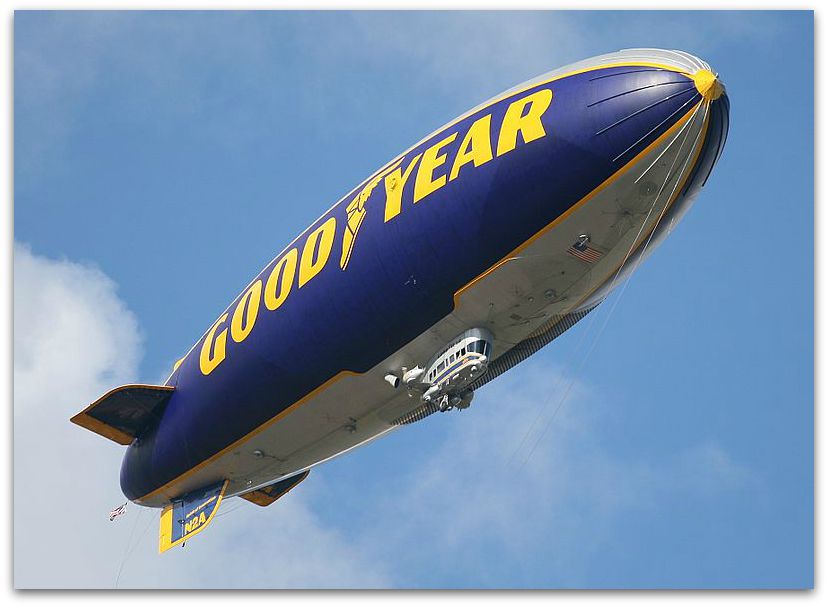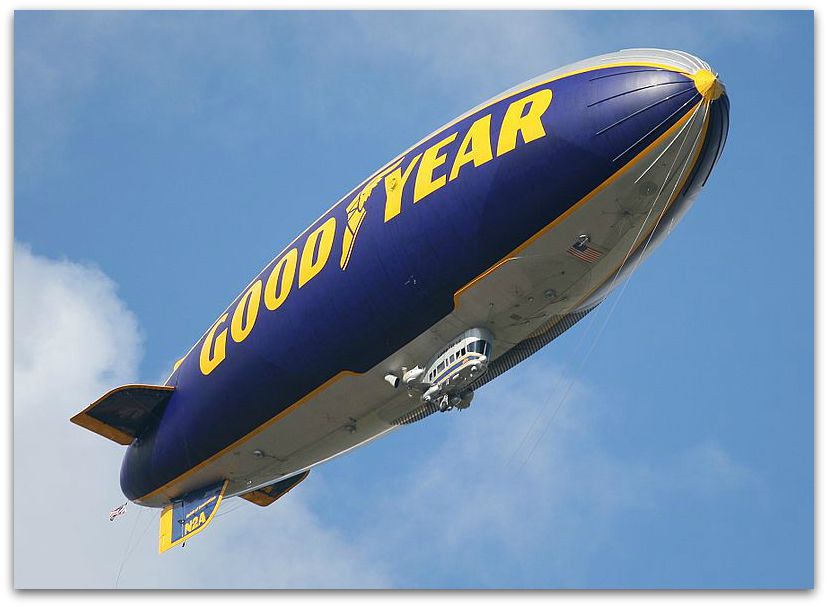No major sporting event is complete without it. In fact, it’s probably the best known lighter-than-air ship ever (except maybe the Hindenburg, which is famous for blowing up). Here are some trivia facts about the Goodyear blimp.
Non-Stick Plans
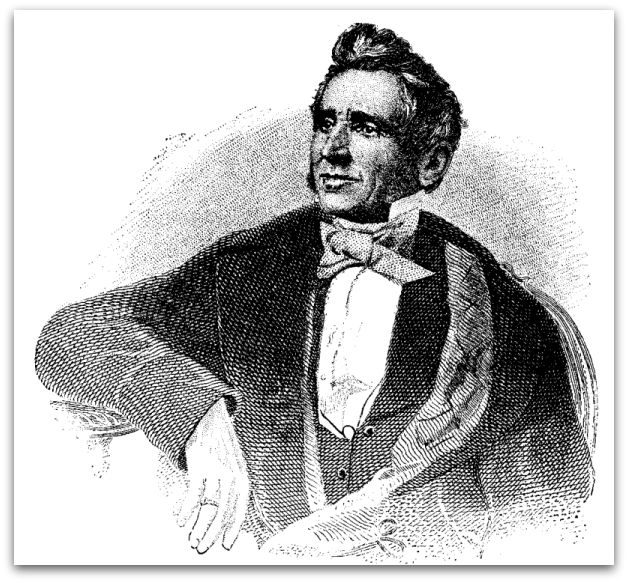
So he obtained a large quantity of latex and tried mixing it with everything in his desk, cellar, and pantry—including witch hazel, ink, and cream cheese—with no luck. One day he tried mixing rubber with sulfur. Then, while working on something else, he accidentally knocked the sulfurized rubber mixture onto a hot stove.
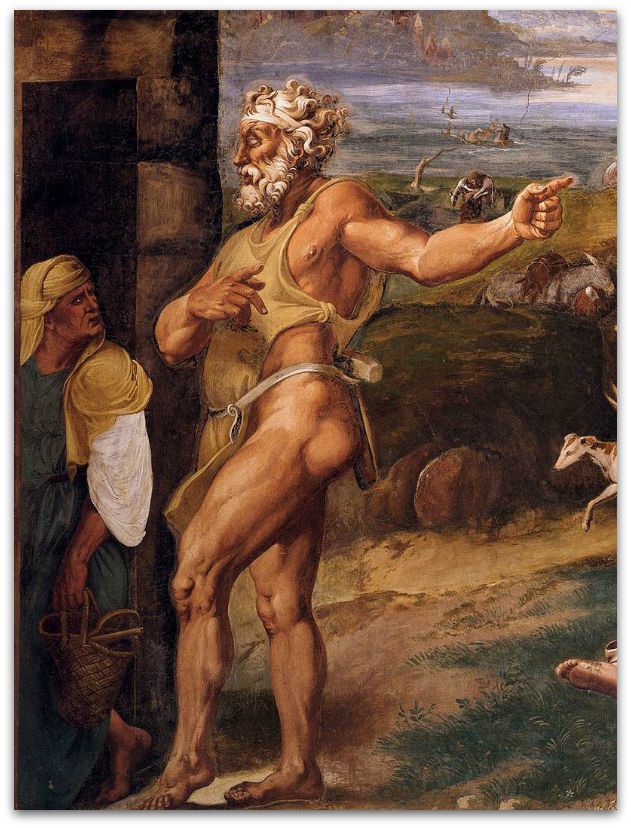
Goodyear didn’t get rich from his discovery—he died penniless in 1860. But when Frank A. Seiberling started a rubber company in Akron, Ohio, in 1898, he decided to name it after the inventor.
It’s likely he hoped to profit from the confusion created by having a name similar to another Akron rubber company, B.F. Goodrich.
Goodyear’s first products were bicycle and horse carriage tires, rubber pads for horseshoes, rubber bands, and poker chips. The company produced its first auto tires in 1901, airplane tires in 1909, and, using a Scottish process for rubberized fabric, the skins for airplanes in 1910. (This was back when airplanes were based on kite designs and made mostly of wood and cloth.)
The same rubberized fabric turned out to be useful for lighter than air craft, and Goodyear flew its first dirigible in 1922.
The Military Connection
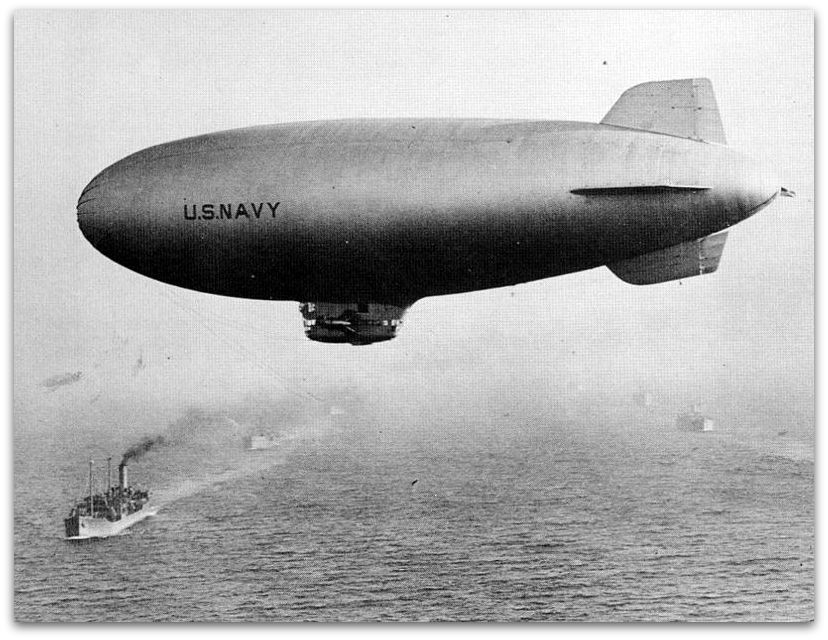
The plan was stalled at the last minute by a plea from Goodyear’s publicity director, Robert Lane. To demonstrate the blimps’ worth to the company, he scheduled a six-month marathon tour that sent the airship Mayflower barnstorming the eastern seaboard. It generated so much favorable press that the executives were convinced to keep it.
The blimps’ first TV coverage was an Orange Bowl game in the mid-1960s. Now they’re used in about 90 televised events a year. Goodyear doesn’t charge TV networks; the publicity generated makes the free service worthwhile.
- Each blimp is equipped with a crew of 23, consisting of 5 pilots, 17 support members who work on rotating schedules, and a publicrelations representative. The blimps cruise at a speed of 45 to 50 mph (a maximum of 65 mph unless there’s a really good wind).
- Each blimp can carry nine passengers along with the crew. The seats have no seat belts.
- The camera operator shoots from the passenger compartment through an open window from about 1,200 feet up, from which you can see everything, read a scoreboard, and hear the roar of a crowd. The hardest sport to film is golf, because the pilots have to be careful not to disturb a golfer’s shot with engine noise or by casting a sudden shadow over the green.
- If punctured, the worst that will happen is that the blimp will slowly lose altitude. Good thing, too, since the company reports that a blimp is shot at about 20 times a year.
- Each blimp is 192 feet long, 59 feet high, and holds 202,700 cubic feet of helium. The helium does leak out, like a balloon’s air, and has to be “topped off” every four months or so.
- The word blimp is credited to Lt. A. D. Cunningham of Britain’s Royal Navy Air Service. In 1915 he whimsically flicked his thumb against the inflated wall of an airship and imitated the sound it made: “Blimp!”
Story was first published in Uncle John’s Sports Spectacular.








